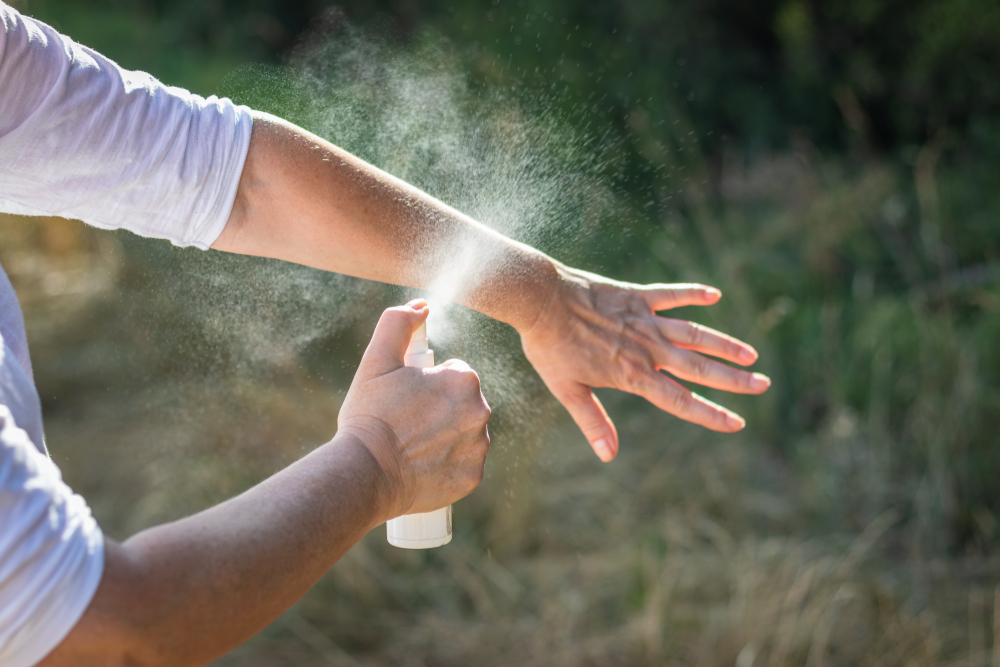West Nile on the Rise in Wyoming
Written by Jessi Entel on August 10, 2023
The Wyoming Department of Health has reported that a “higher-than-usual” amount of mosquito pools are testing positive for West Nile virus. The department is encouraging people to remember to protect themselves.
“Wyoming’s reported human West Nile virus case numbers have been quite low the past several years,” Courtney Tillman, epidemiologist with WDH, said. “But with more positive mosquito pools being reported this summer than we have seen in nearly 10 years and cases popping up in neighbor states, a reminder to avoid these insects may be timely.”
According the to the Wyoming Health Department, West Nile virus first appeared in the Cowboy State in 2002.
The virus is spread when mosquitoes feed on infected birds, and then bite animals, people or other birds.
Majority of people who have become infected with West Nile virus show no symptoms. In the event one does become ill from the virus, symptoms include fever, headache, body aches, skin rash and swollen lymph nodes.
A small percentage of people who become infected develop West Nile neuroinvasive disease with symptoms such a severe headache, fever, neck stiffness, stupor, disorientation, coma, tremors, convulsions, and paralysis.

COURTESY PHOTO
“Dodging mosquito bites is the basic strategy and remains important,” Tillman said. The “5 D’s” of West Nile virus prevention include:
1) DAWN and 2) DUSK – Mosquitos prefer to feed at dawn or dusk, so avoid spending time outside during these times.
3) DRESS – Wear shoes, socks, long pants and a long-sleeved shirt outdoors. Clothing should be light-colored and made of tightly woven materials.
4) DRAIN – Mosquitos breed in shallow, stagnant water. Reduce the amount of standing water by draining and/or removing.
5) DEET – Use an insect repellent containing DEET (N, N-diethyl-m-toluamide). When using DEET, be sure to read and follow label instructions. Picaridin (KBR 3023) or oil of lemon eucalyptus can also be effective.
Information from WDH about West Nile virus can be found at www.badskeeter.org.
Certain species of birds are more susceptible to West Nile virus, like crows, ravens, jays, raptors, owls and sage grouse. Any questions/concerns about wild birds should be directed to a local Wyoming Game and Fish Office or to the Wyoming Game and Fish Department’s Wildlife Health Laboratory at (307) 745-5865.




